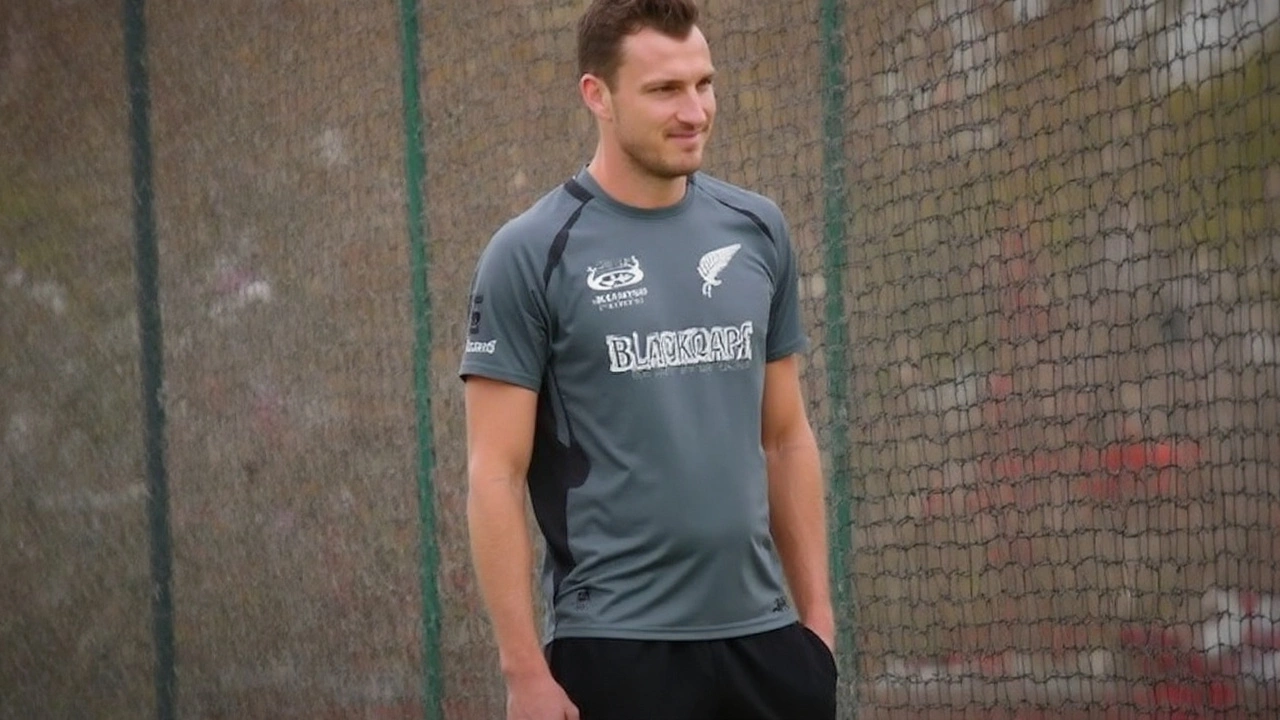Back Injury
When working with Back Injury, damage to the muscles, discs, nerves, or vertebrae of the spine. Also known as spinal injury, it can sideline anyone from a weekend jogger to a professional footballer. The first step is a proper assessment by Sports Medicine, the medical specialty that handles exercise‑related injuries, which evaluates the severity of any possible spinal fracture. From there, a plan that includes physiotherapy and a structured rehabilitation program is built. Physiotherapy, targeted exercises and manual therapy to restore movement and strength tackles muscle imbalances, while Rehabilitation, a step‑by‑step process that guides athletes back to full activity ensures a safe return to sport. In short, back injury encompasses spinal fractures, demands physiotherapy, and benefits from sports‑medicine guidance.
Why athletes get hit and how to stop it
Most back injuries in sport come from two sources: a sudden blow (think a clash during a tackle) or repetitive strain from poor technique. Soccer players, for example, often twist their torso while shielding the ball, putting a lot of torque on the lumbar spine. Overhead athletes—like rugby forwards or goalkeepers—frequently compress the vertebrae when they jump or dive. Weak core muscles, limited hip mobility, and a lack of proper warm‑up are the usual suspects that turn a routine sprint into a painful episode. When these risk factors line up, the spine can suffer disc bulges, muscle strains, or even a fracture. Preventing a back injury is easier than you think. A daily routine that mixes core‑stability drills (planks, bird‑dogs), hip‑flexor stretches, and low‑impact cardio builds the resilience needed for high‑intensity play. Wearing supportive gear—like a fitted lumbar brace during heavy training—adds a safety net without restricting motion. Most importantly, listening to early warning signs—stiffness, dull aches, or reduced range of motion—lets you seek sports‑medicine care before the problem escalates. If a back injury does strike, the recovery timeline hinges on the exact damage. Minor muscle strains may heal in two to three weeks with rest, ice, and gentle physiotherapy. More serious disc issues or spinal fractures can require months of supervised rehabilitation, gradual loading, and sometimes imaging‑guided interventions. Throughout the process, staying active within pain‑free limits, following the physiotherapist’s progression plan, and maintaining a nutrition plan rich in protein and anti‑inflammatory foods speed up tissue repair. Across all levels, the key is a balanced approach: diagnose early, treat with physiotherapy and rehab, and keep the body conditioned to avoid re‑injury.
Below you’ll find a mix of the latest news, match updates, and giveaway alerts that touch on back injury topics—from breakthrough treatment trials to real‑world stories of players bouncing back. Whether you’re looking for practical tips, medical insights, or just curious about how clubs handle spinal injuries, the posts ahead give you a clear picture of what’s happening now and what you can do to protect yourself.
